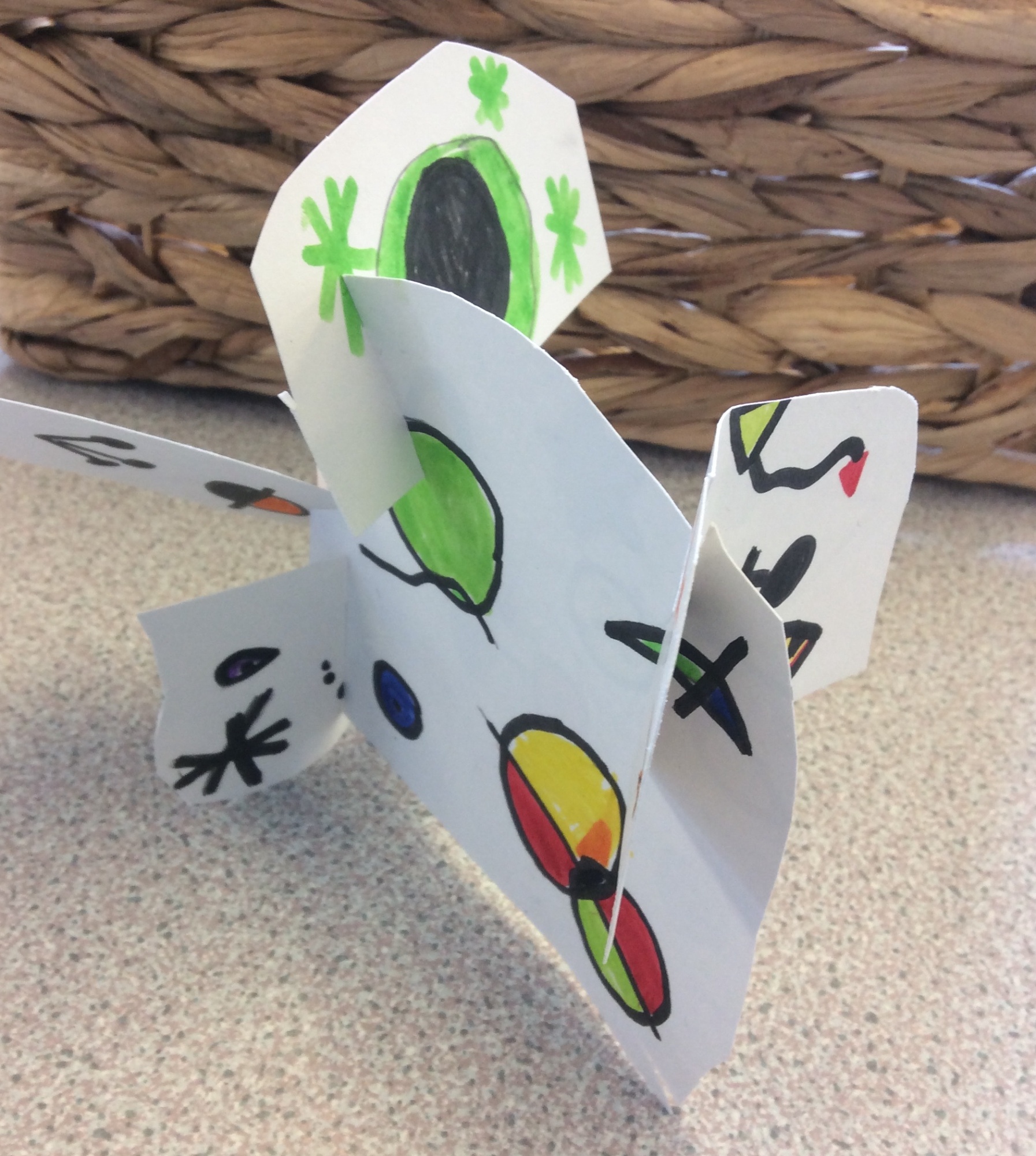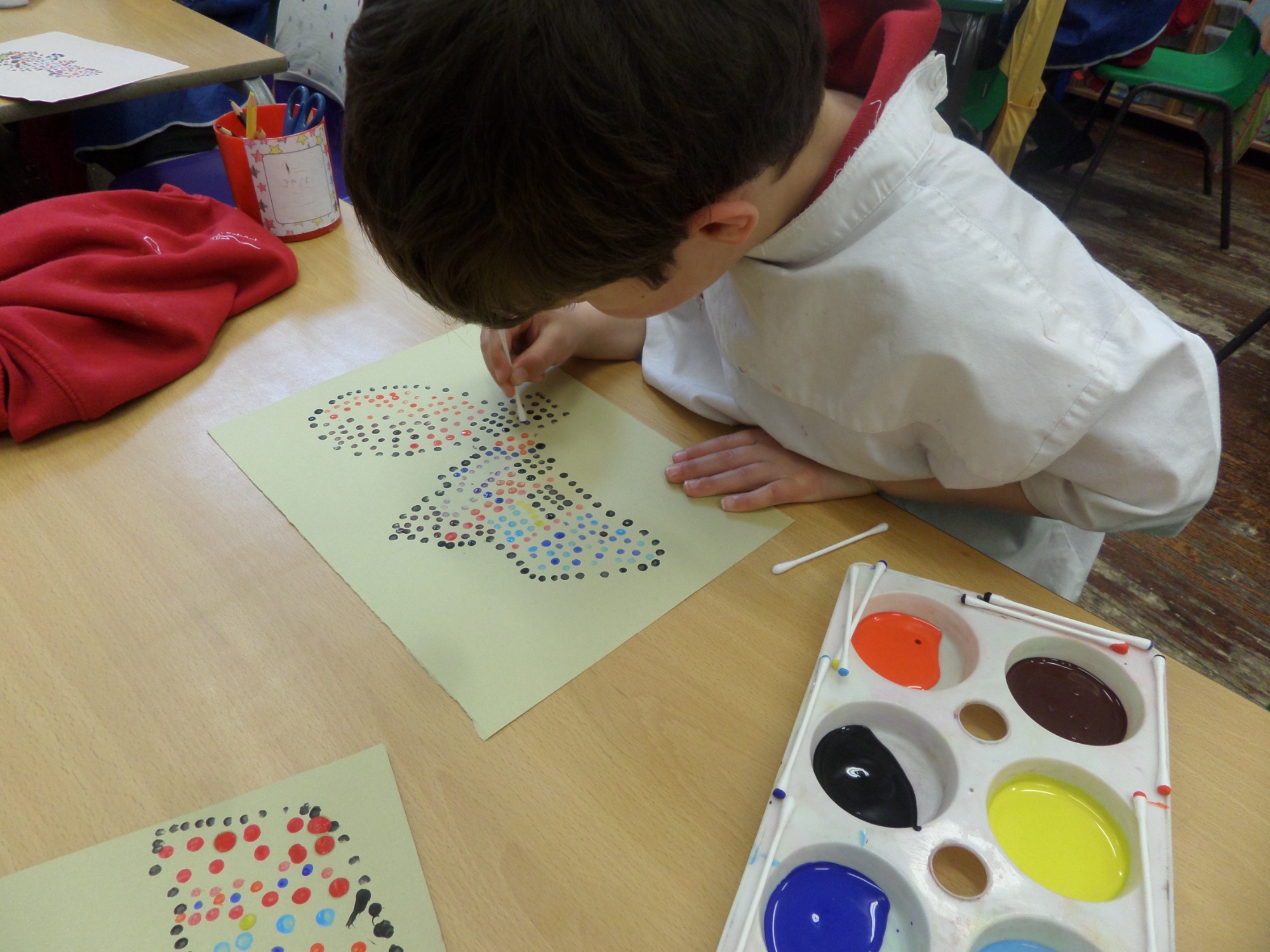Art and Design
The National Curriculum says:
Art, craft and design embody some of the highest forms of creativity; it engages, inspires and challenges children, equipping them with the knowledge and skills to experiment invent and create their own works of art. As children progress, they should be able to think critically and develop more rigorous understanding of art. They should also know how art and design both reflect and shape our history, and contribute to the culture, creativity and wealth of our nature.
Within the teaching of Art & Design the aim is for all children to:
 Produce creative work, exploring their ideas and recording their experiences
Produce creative work, exploring their ideas and recording their experiences- Become proficient in drawing, painting, sculpture and art & design techniques
- Evaluate and analyse creative works using the language of art, craft & design
- Develop a knowledge of significant artists, sculptors and designers, increase critical awareness of the roles and purposes of art and design in different times and cultures and analyse works using the language of Art and Design.
In addition, we value art because:
- Children can fuel their imagination, drawing on their own experiences, knowledge, relationships and fantasies
- It provides our children with various routes for self-expression, enhancing their emotional literacy and inner well-being
- We want our children to respect and value the work of their peer, understanding that art is subjective
- We want our children to lead and own their creations, making decisions and forming opinions at all stages, but also be able to work collaboratively with others to create group masterpieces
- It heightens the importance of observation, reflection, processes and sensitivity to detail
- It develops persistence and concentration
- It is fun!

Art is assessed against the Art Skills Progression grids and this feeds into future teaching. Assessment data is passed on between classes so the next teaching can begin to develop skills the child has already achieved.
